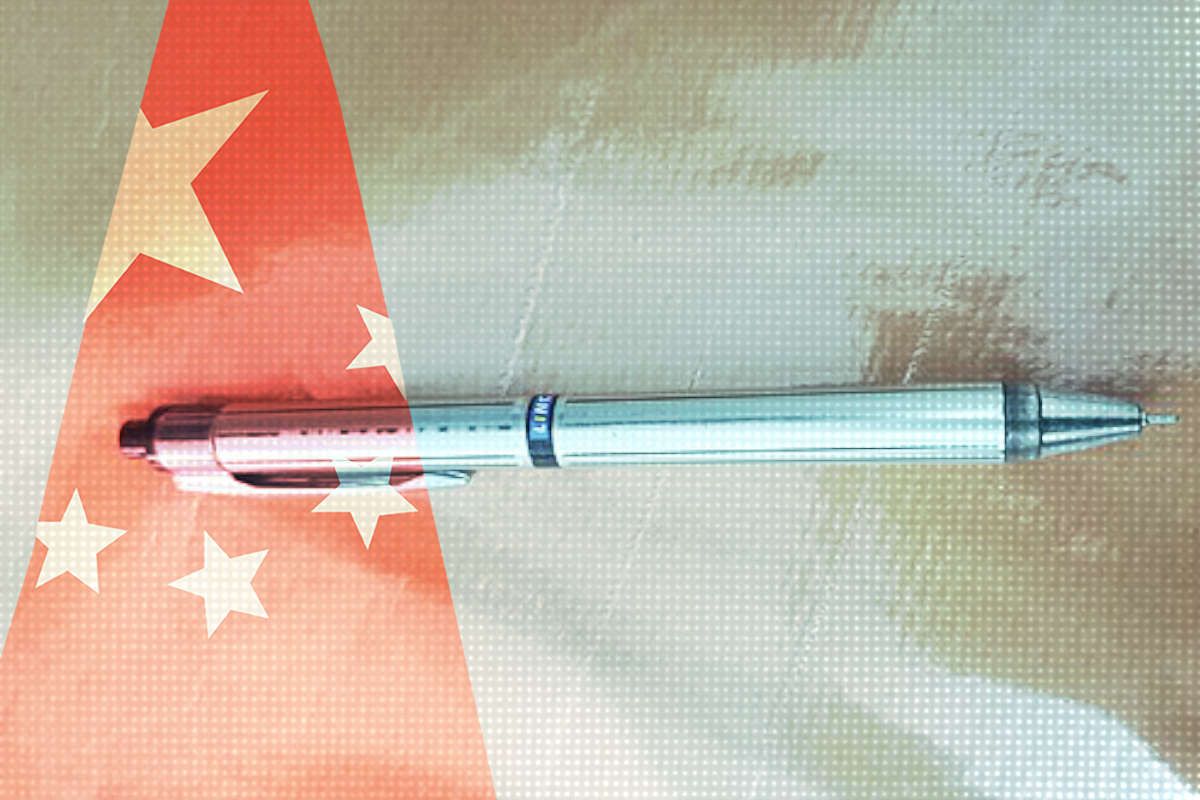Headlines and Hashtags
Pleas and Appeals

Footage of a woman wailing on her knees before a memorial to a Song-dynasty official went viral on the Chinese internet last week. Despite popular demand for more information, a lack of any press follow-up has instead let rumors fill the void. The question of why she would be kneeling before the image of an official who lived almost a thousand years ago goes to the heart of present-day questions of corruption, malfeasance, and social justice.
Bao Zheng (包拯), the historical figure at the heart of this mystery, who can also be referred to as Lord Bao (包公) or Justice Bao (包青天), was famed for his honesty and upright ways following his death in the 11th-century. Bao Qingtian (as he has come to be popularly known) served as magistrate for the Song capital in present-day Kaifeng, Henan province. Bao initiated judicial reforms that let petitioners lodge complaints against corrupt local administrators — and for this reason his name has become a byword for justice and good governance.
Some nine and half centuries later, the unknown woman appealing to Bao at his memorial temple in Kaifeng is believed to be a petitioner herself, eager to present some grievance to a higher official who can help her seek justice — and what higher official than a celestial one?
The highest appeal here may also be to the internet and social media.
But the highest appeal here may also be to the internet and social media.
From the 1990s through the 2000s, as a new generation of media programs like CCTV’s “News Probe” (新闻调查) experimented with hard-hitting programming about current affairs, petitioners came to see media as a possible vehicle for justice — a new form of Justice Bao. The joke in media circles was that two lines would regularly snake outside the offices of CCTV, the national broadcaster. The first were petitioners bringing evidence of local malfeasance. The second were local officials hoping to press the network not to run damning investigative programs.
The attention our contemporary Kaifeng petitioner has since received on online social media platforms has already inspired her fellow petitioners to follow suit and go over the heads of all earthly authorities, filing their complaints directly to Justice Bao. One video shows a group prostate at the same spot. When news spread that the site had been closed for maintenance, it looked like authorities were desperate to prevent any more repeat demonstrations.

Official media have only carried news from the municipal Culture and Tourism Bureau, clarifying that the woman was not an actress, as some netizens initially suspected, but likely a pilgrim crying merely because she was ”deeply moved” by the site. They also emphasized that the temple that had been closed was in fact another with the same name in a different city.
But despite heavy speculation about the woman from netizens, her identity remains unknown. One Weibo user known as “Judicial corruption fighter abc” (司法腐败斗士abc) claimed she was the mystery woman, and that grievance was against a court in northeastern Liaoning province that did not handle a legal case she was involved in properly. Earlier posts by the user, whose account has now been disabled, accused other provincial and municipal courts of corruption, so it’s also plausible this account was run by a whistle-blower using the event to amplify her cause.
We’ve written before in CMP about how stricter regulation of local media by provincial authorities means even the most trifling of incidents can become a black box, leaving rumor and misdirection to fill the void where verifiable facts should be. It means those trying to seek redress or publicize injustice at the grassroots have an even harder time getting the word out.





















